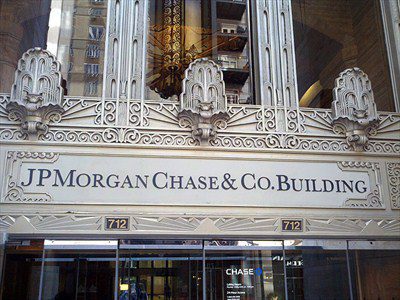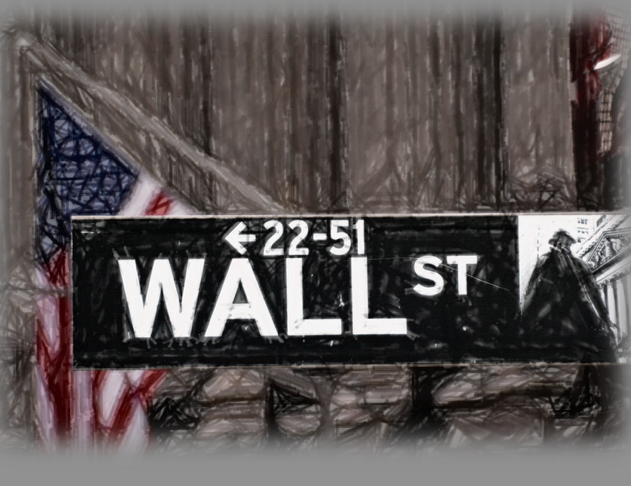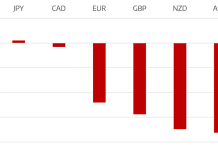What do American banks Citigroup and JPMorgan Chase have in common with their European counterparts Deutsche Bank, Royal Bank of Scotland, Barclays, and several others? They all suffered penalties from EU Competition Commissioner Joaquín Almunia, who recently levied the largest combined penalty1.7 billion euros ($2.3 billion)ever imposed by European anti-trust regulators. And the ramifications for US financial institutions doing business globally are frightening.
EU Regulators Find Collusion in Rate Setting
To build their case, the European Union regulators investigated reports of the Libor and Euribor interest rates being manipulated by the defendant financial institutions, as well as rate rigging of the Tokyo rate known as Tibor. Banks set these interbank rates (at which they lend to each other) on an unsecured basis and in a variety of currencies. In addition, these rates serve as indexes for billions of dollars worth of consumer credit worldwide, including some US home mortgage loans.
Although there were reports over a two-year period of traders at certain banks benefiting from falsely reporting these rates, the investigation focused on the claim of collusion among the banks rather than focusing on the wrongdoing of a group of traders at any one institution. In other words, poor internal controls over employee compliance with regulations led to their employers, and not merely the violators themselves, being finedquite heavilyfor the violations.
No Difference between Short-Term or Long-Term Non-Compliance
While the European institutions are alleged to have been in violation of the rate-setting rules during as much as a three-year period, the American banks were found to have engaged in such practices for a mere three monthsat the longest. This further underscores the need for sound, constant, monitoring of global risk management factors for any overseas activity whatsoever, no matter how brief and no matter the lack of an established pattern or practice.
In fact, the $108 million assessed against JPMorgan Chase related to the misconduct of two former traders who traded during a one-month period in 2007.
Fines Signal Tougher Oversight Ahead
The investigation into the Libor and Euribor rate manipulation has also led regulators to scrutinize a number of other benchmarks used to price financial productsincluding the foreign exchange marketsthat are now being investigated by a number of regulators around the world, including the UK’s Financial Conduct Authority (FCA.) Furthermore, both US and British regulators are continuing their own investigations of global giants Deutsche Bank and Citigroup, among others.
Although the European Central Bank intends to create a banking union of eurozone banks next year, it will not have supervisory authority over financial marketsan omission that may be remedied by way of legislating a single unified supervisor for European financial markets.
Could Such Non-Compliance Have Been Avoided?
Philip Hampton, chairman of the Royal Bank of Scotland (RBS), noted, We acknowledged back in February that there were serious shortcomings in our systems and controls on this issue, but also in the integrity of a very small number of our employees.
Thats putting it rather mildly
But with todays risk management expertise readily available to assist global financial institutions, there is simply no longer any excuse for serious shortcomings in our systems and controls. Had RBS, or any of the defendants for that matter, engaged compliance professionals from GreenPoint Legal, their traders misdeeds either would not have occurred in the first place, or at a minimum, would have been nipped in the bud and the bad apples weeded out.
Then There Are the Legal Fees
So what is the real cost of regulatory non-compliance? Apparently $2.3 billion is just the opening shot. As one writer described the legal circus surrounding the Libor scandal: Lawyers are piling up like brain-hungry zombies to file lawsuits against banks accused of manipulating Libor. It is not only the small banks that are suing for millions in losses due to the rate manipulation, but also state and local government entities and huge, respected hedge funds.
A Morgan Stanley research note from last July estimated that the legal costs alone for individual banks may range from $59 million to more than $1 billion.
To borrow a phrase from Ben Franklin: An ounce of GreenPoint Legal Compliance prevention would have been worth a pound (or 1.7 billion euro) of cure.
This article is a HedgeThink Authority Publishing Partnership. This is a section produced by David Kinnear in coordination with partner GreenPoint Global.
David draws on 20+ years’ experience in both legal practice and in business services delivery since his own call to the Bar in 1989. With several years in the startup environment, including as a co-founder in the legal tech space specifically, he brings a unique and timely perspective on the role of data, automation and artificial intelligence in the modern and efficient delivery of services for legal consumers. Having been both a corporate buyer of legal services and a services provider, he identifies the greater efficiency and value that can be achieved in legal operations for corporate buyers especially.
An attorney, David worked for law firms Pinsent Masons and Linklaters in London before moving to New York to join Credit Suisse. As CAO, he helped negotiate & execute the relocation of Credit Suisse into its new NYC global HQ. Subsequently, David directed major global outsourcing, shared sourcing, HR operations & process efficiency initiatives including the digitization of records, the global roll-out of PeopleSoft HRMS & Y2K. David has worked extensively in the UK, US, Philippines, India and China markets in the areas of data management, human resources and business process outsourcing.
Most recently, David has been successfully investing in and serving as an advisory board member of several legal services start-ups including a cloud-based solution for legal process automation and e-filing; and a technology solution for large-scale capture of court and other public data used for litigation analysis, among others.
David graduated from the University of Manchester with Honors in Law and Bar School (College of Legal Education) in London, and has been a member of Middle Temple since 1989. He is the founder and former Chairman of The Global Sourcing Council.
Member: Bar of England & Wales, ABA, NYCBA, ACC, DRI










































